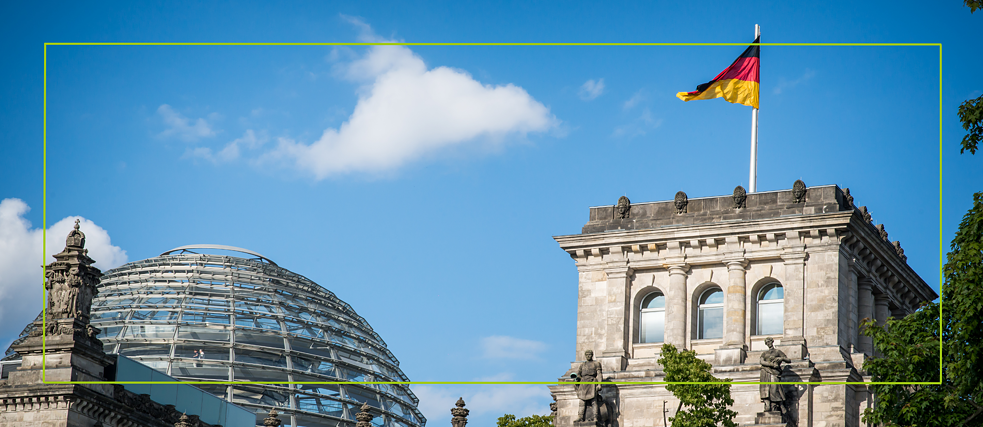To find out which materials are available in the Goethe-Institut libraries in London and Glasgow, you can search our online library catalogues. If pupils would like help with finding information, they can also contact our information service by sending an email to:
library-london@goethe.de
library-glasgow@goethe.de
Topics
 Father and daughter with digital tablet under blanket
| ©picture alliance / Westend61
Father and daughter with digital tablet under blanket
| ©picture alliance / Westend61
The family continues to be a highly-valued institution in German society. Yet ideas about what form families should take, as well as their structure, have changed dramatically in the wake of social change.
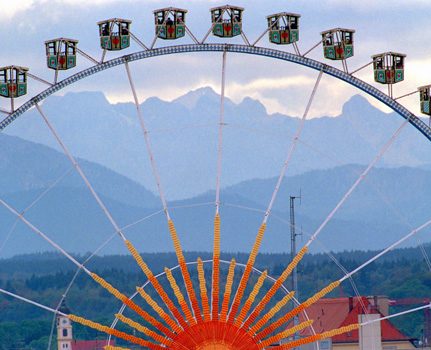 Munich Oktoberfest - Ferris wheel in front of alpine panorama
| ©picture-alliance / dpa; Fotograf: Frank Leonhardt; dpa - Fotoreport
Munich Oktoberfest - Ferris wheel in front of alpine panorama
| ©picture-alliance / dpa; Fotograf: Frank Leonhardt; dpa - Fotoreport
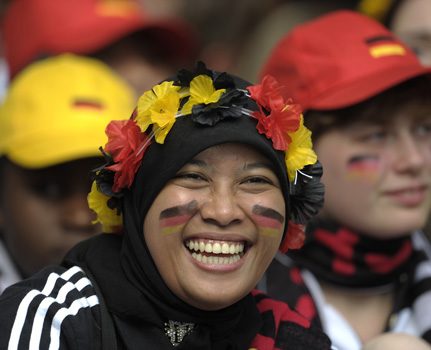 New home
| © picture alliance/Sven Simon; photographer: Anke Fleig / SVEN SIMON
Since the 1950s immigration has played a major role in shaping the population structure of Germany. The first major flow of immigrants into West Germany consisted mainly of workers from Turkey, Italy and Greece. Later the immigrant population included ethnic Germans from East European countries, as well as people seeking asylum from political oppression, many of whom were also from eastern Europe.
New home
| © picture alliance/Sven Simon; photographer: Anke Fleig / SVEN SIMON
Since the 1950s immigration has played a major role in shaping the population structure of Germany. The first major flow of immigrants into West Germany consisted mainly of workers from Turkey, Italy and Greece. Later the immigrant population included ethnic Germans from East European countries, as well as people seeking asylum from political oppression, many of whom were also from eastern Europe.
 Teen boy listening to music, dancing
| ©Colourbox.com
Teen boy listening to music, dancing
| ©Colourbox.com
 Bauhaus Dessau
| Free photo
Bauhaus Dessau
| Free photo
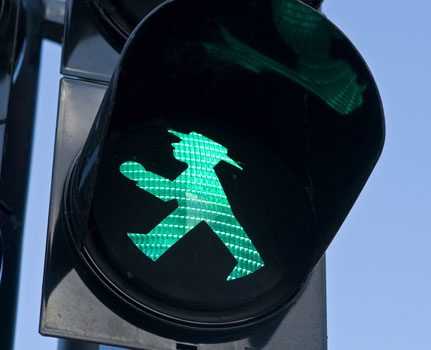 Berlin traffic light
| © Getty Images/William Fawcett
Berlin is Germany's capital city, and one of the largest and most important cities in Germany. It has a population of around 3.5 million people, and Germany's 'Bundestag' (parliament) is based in Berlin's Reichstag building. After World War Two the city was divided into East and West, and the people living on either side were separated from one another by the Berlin Wall. This Wall was knocked down by protesters when German reunification took place in 1989.
Berlin traffic light
| © Getty Images/William Fawcett
Berlin is Germany's capital city, and one of the largest and most important cities in Germany. It has a population of around 3.5 million people, and Germany's 'Bundestag' (parliament) is based in Berlin's Reichstag building. After World War Two the city was divided into East and West, and the people living on either side were separated from one another by the Berlin Wall. This Wall was knocked down by protesters when German reunification took place in 1989.
 Berlin Wall graffiti Trabi
| Free photo
In 1949 Germany was divided into two states, each with its own government and separate political structure. Travel and communication between the two states was tightly controlled and a wall was built to separate East and West Berlin. Here you can read about the history of Germany's division, and find out how reunification came about in 1989.
Berlin Wall graffiti Trabi
| Free photo
In 1949 Germany was divided into two states, each with its own government and separate political structure. Travel and communication between the two states was tightly controlled and a wall was built to separate East and West Berlin. Here you can read about the history of Germany's division, and find out how reunification came about in 1989.
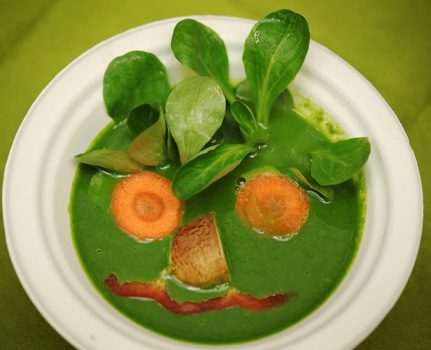 Veggie World 2014 Fair
| picture alliance / dpa, Fotograf: Fredrik von Erichsen, © dpa
Germany is often regarded as being at the forefront of European developments concerning issues such as climate change and recycling, transport and renewable energy sources. The Green Party, together with other environmental pressure groups, has been an influential force in German politics.
Veggie World 2014 Fair
| picture alliance / dpa, Fotograf: Fredrik von Erichsen, © dpa
Germany is often regarded as being at the forefront of European developments concerning issues such as climate change and recycling, transport and renewable energy sources. The Green Party, together with other environmental pressure groups, has been an influential force in German politics.
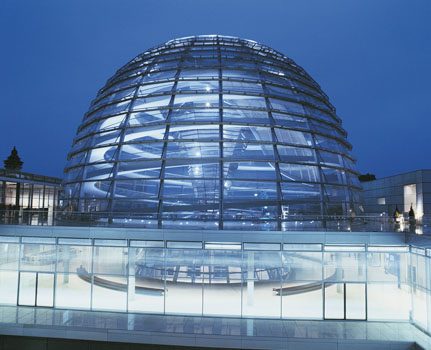 Berlin Reichstag dome
| © Getty Images/Allan Baxter
Berlin Reichstag dome
| © Getty Images/Allan Baxter
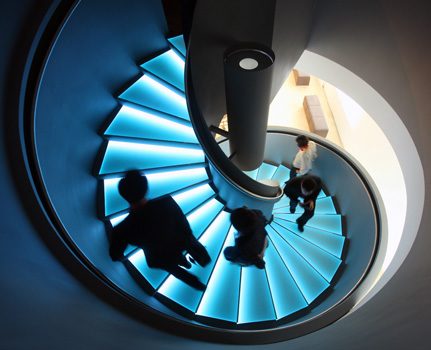 Work
| © dpa - Report; Fotograf: Ronald Bonß
Work
| © dpa - Report; Fotograf: Ronald Bonß
